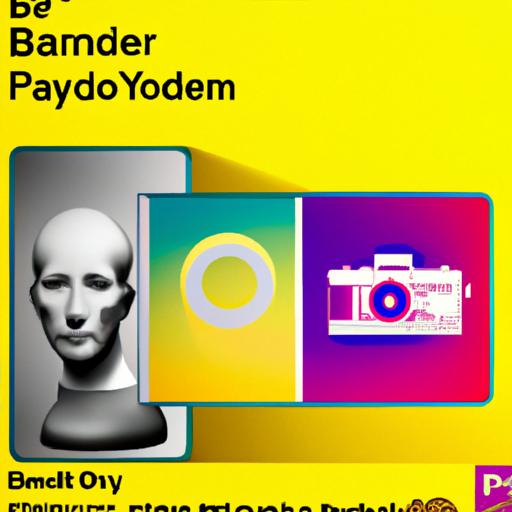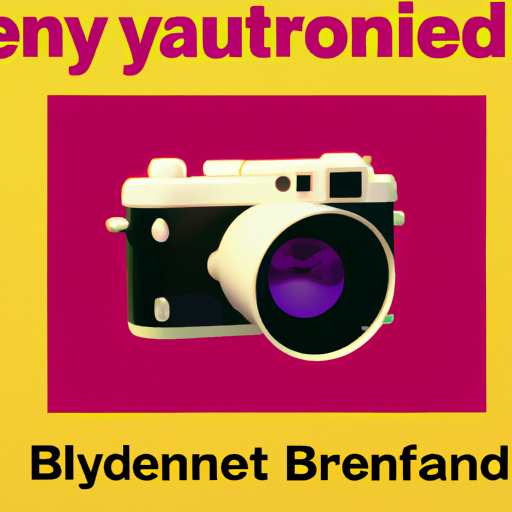
-
Table of Contents
Innovative Icon Design: Beyond Conventional Visual Metaphors

Icons are an essential part of our digital experience. They guide us, inform us, and help us navigate through complex interfaces. However, in a world saturated with visual metaphors, it’s becoming increasingly challenging to create unique and innovative icons that stand out. In this article, we will explore the concept of innovative icon design and how it goes beyond conventional visual metaphors.
The Power of Icons
Icons have become a universal language in the digital realm. They transcend cultural and language barriers, allowing users to quickly understand and interact with interfaces. They condense complex concepts into simple visual representations, making information more accessible and intuitive.
However, the ubiquity of icons has led to a certain level of predictability. Users have become accustomed to seeing the same set of symbols representing common actions or objects. This familiarity can sometimes hinder the effectiveness of icons, as they may blend into the background and fail to capture attention.
Breaking the Mold: Going Beyond Conventional Metaphors
To create truly innovative icons, designers need to break free from the constraints of conventional visual metaphors. While traditional metaphors like a magnifying glass for search or a floppy disk for save are widely recognized, they may not always be the most effective or engaging choice.
One approach to breaking the mold is to explore abstract or symbolic representations. By using shapes, colors, and patterns that evoke emotions or concepts related to the action or object, designers can create icons that are visually striking and memorable. For example, instead of using a traditional shopping cart icon for an e-commerce website, a designer could experiment with a more abstract representation that conveys the idea of shopping or purchasing.
Case Study: Slack
A great example of innovative icon design is the messaging platform Slack. Instead of relying on conventional metaphors for its icons, Slack uses a unique set of custom-designed emojis. These emojis not only add a playful and distinctive touch to the interface but also create a sense of community and belonging among users.
Slack’s approach to icon design demonstrates that breaking away from conventional metaphors can result in a more engaging and memorable user experience. By using custom icons that align with their brand identity, Slack has successfully differentiated itself from other messaging platforms.
Embracing Minimalism
Innovative icon design often goes hand in hand with minimalism. By stripping away unnecessary details and focusing on essential elements, designers can create icons that are visually clean and easily recognizable. Minimalistic icons have the advantage of being versatile and scalable, making them suitable for various screen sizes and contexts.
For example, Apple’s iOS icons are known for their minimalist design. The simple, geometric shapes used in icons like the camera or the clock are instantly recognizable and have become iconic in their own right.
Using Animation and Interactivity
Another way to push the boundaries of icon design is by incorporating animation and interactivity. Animated icons can provide additional context or feedback, making the user experience more engaging and dynamic. They can also help guide users through complex processes or convey a sense of progress.
For instance, Google’s Material Design guidelines encourage the use of animated icons to enhance the user experience. By adding subtle animations to icons, designers can create a more intuitive and delightful interaction.
Conclusion
Innovative icon design is about going beyond conventional visual metaphors and exploring new ways to communicate ideas and actions. By breaking the mold, embracing minimalism, and incorporating animation and interactivity, designers can create icons that are visually striking, memorable, and effective.
Icons play a crucial role in our digital experiences, and it’s essential for designers to continuously push the boundaries of icon design to keep users engaged and delighted. By thinking outside the box and experimenting with new approaches, we can create a more innovative and exciting visual language for the digital world.
